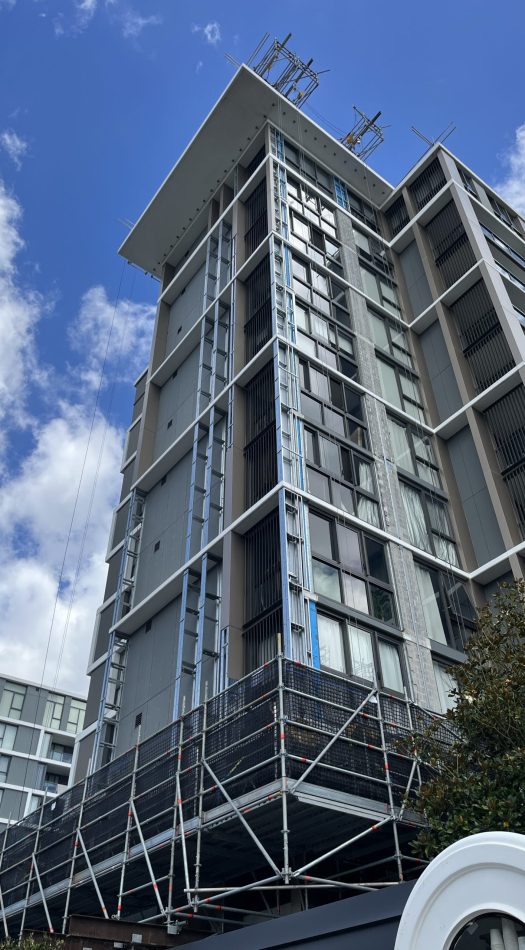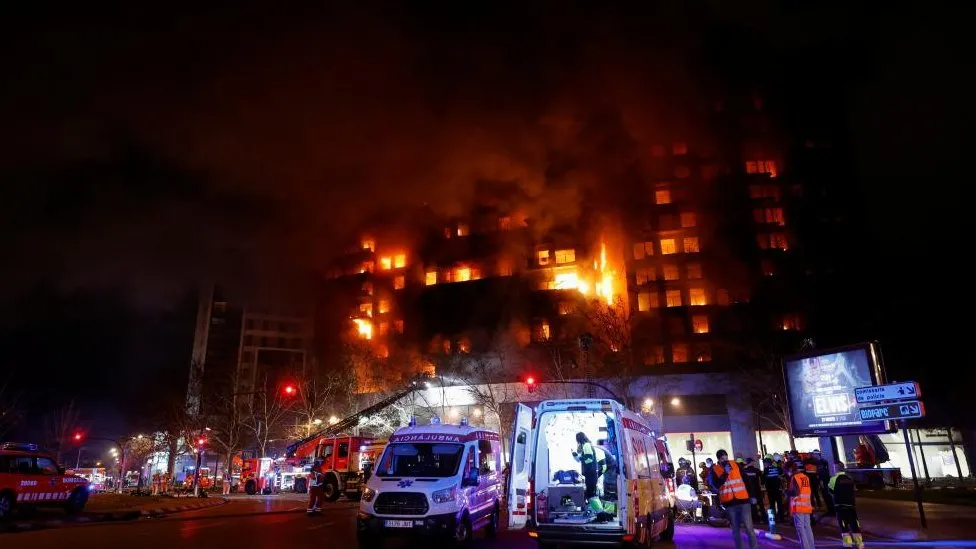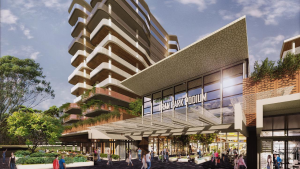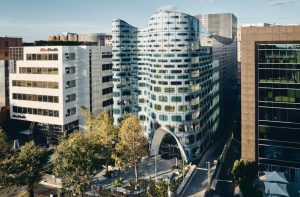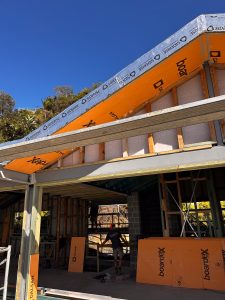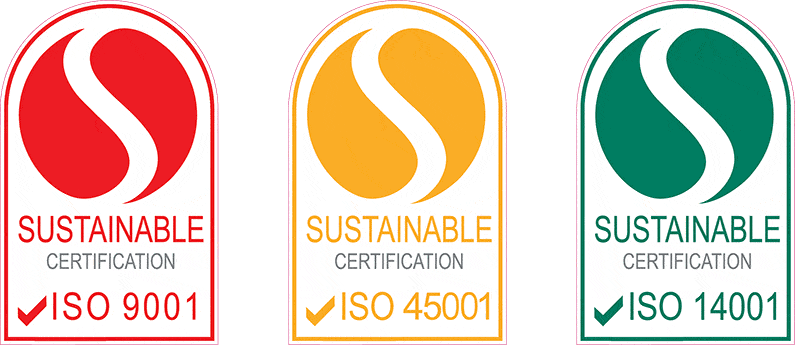The Imperative for Compliant Cladding in the Wake of Valencia
In the shadow of the Valencia tragedy, where a fire rapidly engulfed a high-rise due to flammable cladding, lies a stark reminder of the crucial importance of building safety. This incident not only reignites the debate over construction materials worldwide but also casts a spotlight on Australia’s vulnerability to similar catastrophes. As the nation grapples with the legacy of combustible cladding, initiatives like Project Remediate emerge as beacons of hope, guiding the path toward safer and resilient urban landscapes.
The Catalyst of Disaster: Understanding the Chimney Effect
The “chimney effect” stands as a pivotal concept in the discourse on fire safety. This phenomenon, which played a significant role in the Valencia incident, describes the rapid upward spread of fire through cavities within a building’s facade. As flames ascend, they draw in lower air, creating a vacuum that fuels further combustion. This effect, exacerbated by flammable cladding materials, can transform a minor blaze into a full-scale inferno, underscoring the paramount importance of selecting fire-safe cladding and installing effective cavity barriers.
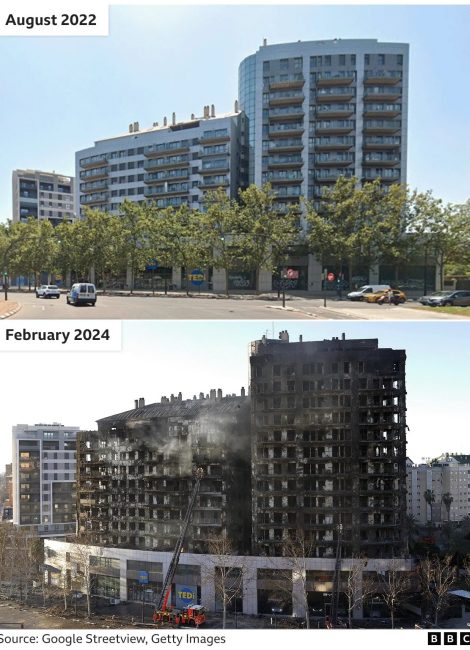
The Heart of the Matter: Cladding and Fire Safety
Cladding, while enhancing a building’s aesthetic and insulation properties, has come under scrutiny for its potential to contribute to fire spread. The distinction between combustible and fire-rated cladding becomes critical here. Fire-rated cladding materials, designed to withstand high temperatures and resist ignition, offer a line of defence against the spread of fire. These materials are subject to stringent testing standards, ensuring they provide the necessary protection to mitigate the risks associated with the chimney effect.
Bridging the Gap: The Role of Cavity Barriers
Cavity barriers, often overlooked in discussions on fire safety, play a crucial role in preventing the spread of flames and smoke through hidden spaces within a building’s structure. These barriers are designed to close off paths that might otherwise facilitate the chimney effect, providing critical time for evacuation and response efforts. Their strategic placement within cladding systems is essential for compartmentalizing fire, highlighting the need for comprehensive safety measures in building design.
What is Needed to be Done for Elevating Building Safety Standards
As Australia confronts the challenges posed by flammable cladding, the lessons from Valencia serve as a potent call to action. The integration of fire-rated cladding, along with the installation of effective cavity barriers, is no longer optional but a necessity for ensuring the safety of buildings and their inhabitants. This incident highlights the critical need for a holistic approach to fire safety, encompassing material selection, design considerations, and regulatory compliance. In response to the urgent need for safer building practices, Trafalgar has strategically partnered with Siderise, a global leader in fire safety solutions, to spearhead a revolutionary approach to preventing disasters. This collaboration brings to Australia cutting-edge fire-rated cladding and cavity barrier technologies, designed to combat the chimney effect and ensure the highest standards of fire safety in construction. This collaboration aims to address the urgent need for improved fire prevention measures, directly supporting initiatives like Project Remediate. By integrating Siderise’s solutions, Trafalgar reinforces its commitment to enhancing building safety across Australia, contributing to the nationwide effort to ensure the safety and security of building occupants.